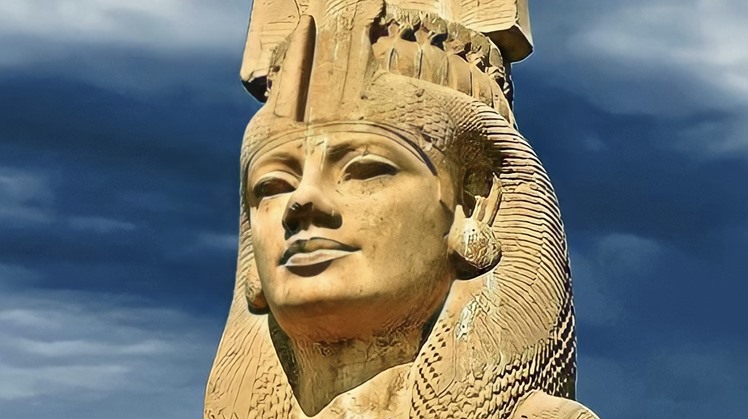On March 16, the Egyptians celebrated the Egyptian Women's Day, and on this occasion we shed light on the first woman who ruled in Egypt and in the history of mankind, as she ruled Egypt for about 10 years "2939-2929 BC", and she is Queen Merit Nate.
Queen Merit-Nit, whose name means "beloved Nate," was the daughter of King Djer, the wife of King Wajit, and the mother of King "Den". She is a woman of a unique style, and we are still in the cradle of civilization and the beginnings of history. In the ruling in which his father inherited a young child, he must be under guardianship, and for this reason she is considered the first woman to rule Egypt and in the history of mankind.
Dr. Mamdouh El-Damaty says in his book "Queens of Egypt" that Queen Merit-Nit was a woman with ambition for power, so no one was able to rule the affairs and she undertook guardianship over the throne despite the crystallization of the origins and religious traditions restricting the rule at the time, and that the ruler is the male Horus on earth, so he was This "Houri" title is the first of the royal titles taken by the kings of Egypt since the era of the founder of the family, King Narmer.
And as soon as "Merit-Nate" empowered her son "Den" to rule, she withdrew from the political scene as a queen participating in the government and even the decision-maker in it, to the role of the queen mother who supports her son's rule and stands behind him with advice and advice and by participating in opinion if necessary, and it was her son. Den, thus, was one of the happiest kings who had the support of a capable, intelligent mother who raised him and gave him an upbringing worthy of those who would rule Egypt, so he grew up and became one of the most important kings of the ancient era.
Dr. Mamdouh El-Damati points out that he never mentioned any other king's wife or mother of a king in this period, as "Merit-Nit" was mentioned on a royal list, which clarifies the status of "Merit-Nit" as a ruling queen and not just a king's wife or a king's mother. So I had two royal tombs with the same architecture as the royal tombs, in each of Abydos and in Saqqara.
 Mon, Mar. 20, 2023
Mon, Mar. 20, 2023